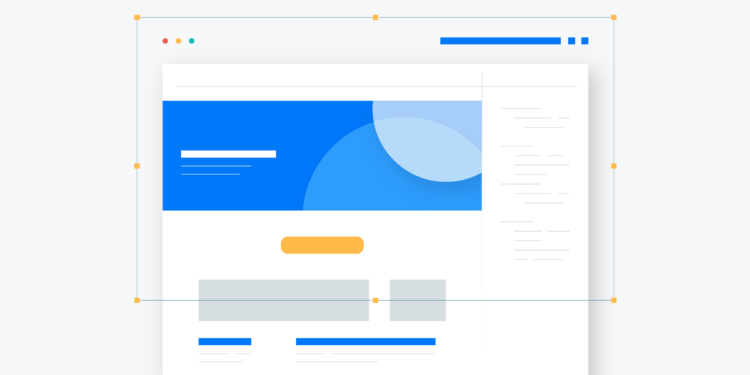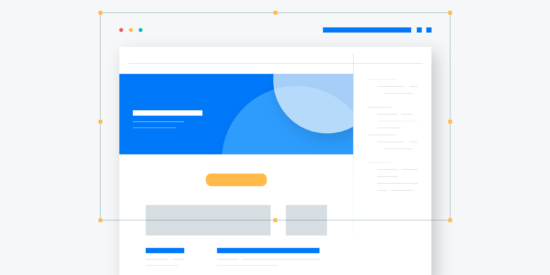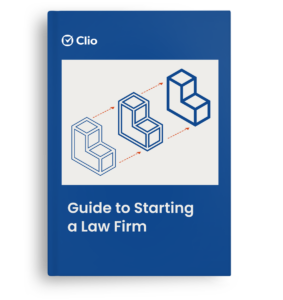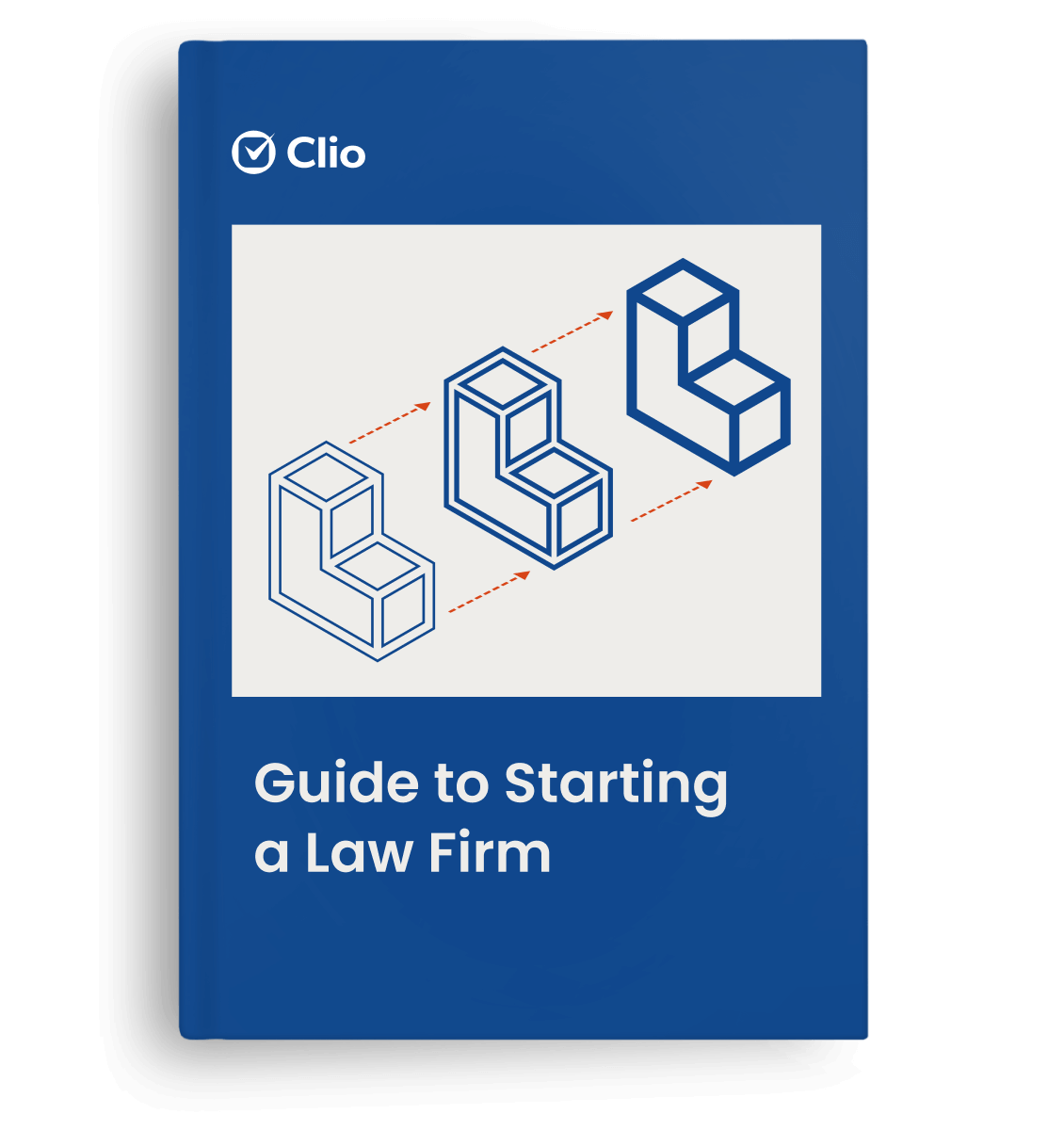A law firm website is the first step towards being found by potential clients online. But, if it’s missing a few key features, your website might not be acting as an effective marketing tool—and it may not be getting as many clients as you think. The telltale sign? A high bounce rate.
The bounce rate measures the percentage of visitors who reach a page on your website and then leave without visiting any other pages; a high bounce rate indicates that your website’s user experience needs improvement. For service industry websites, the bounce rate is typically 10-30%. If your bounce rate is higher than average, your law firm’s website is not engaging visitors and retaining the interest of potential clients. Even if your bounce rate is low, you might still find that your website fails to convert website visitors into new clients for your firm.
If you have a high bounce rate and/or a lack of conversion, check your website for the key items outlined below that are commonly missed by law firms.
By adding these features to your website, you can lower your bounce rate and increase conversions. A more effective website drives clients to contact your office so you can focus on what you do best—the law.
1. High-quality photos
In today’s digital-centric world, images and video are just as important as written copy on your website, and are key contributors to first impressions of your firm and your brand.
Does your law firm’s website use stock photos? This can be a huge turn-off for website visitors that expect quality, appropriate photos.
Are the pictures low-quality? An image that is broken, takes forever to load, or appears pixelated does your website more harm than good.
When choosing imagery for your website, it’s crucial that the pictures are in the right format and uploaded correctly to the site. A picture that disrupts the page or fails to load can cause users to bounce prematurely—this is especially true of websites that are not responsive to mobile users.
Professional photography
Use professional photos of your associates and partners, office, and awards. Good quality photos of your office and lawyers help convey that you’re a professional who potential clients can trust. Shots taken on someone’s iPhone simply do not look as crisp. By relying on a professional, you’ll get the high resolution you need for your website as well as the quality, personal images that will connect to your visitors.
If you must use stock photos, customize them for your law firm to keep them from looking generic. Brand stock images with your law firm’s logo or tint them to your colors.
Your law firm needs a strong brand; images and content on your website should clearly contribute to the key messages you’re conveying to potential clients—whether you want to be seen as a caring family law firm that helps clients through difficult times, or a civil litigation firm known for a determined approach to cases.
2. Descriptive bio
Your “About Us” page is likely the most visited page of your website after your homepage. Visitors to your About page want to read about your firm and its lawyers. Quality photos of the attorneys and well-written bios can help users feel like they are truly getting to know the lawyers.
Some websites skip out on pictures of the lawyers altogether, but this is a disservice to potential clients who want to feel a personal connection with the firm. Be sure to include a professional headshot, so people can feel connected to you as a person—this simple step can have a big impact on how users see your firm.
Generic bios are also a missed opportunity to connect with users. Simply restating your resume doesn’t tell your clients enough about why they should pick you to represent them. Your bio is a chance to engage potential clients by sharing what you do for clients, why you entered this field in the first place, which volunteer and civic organizations you’re involved with, and a dash of personal information. By making the bio engaging and personal—and by detailing how you specifically help clients—you are more likely to keep the visitor on the page.
You may like these posts
3. Focus on the client
While a good biography helps potential clients know who they’ll be working with, some websites put too much attention on the lawyer. While your About Us or biography pages should feature information about the law firm and the lawyers, other pages, like the homepage and services pages, should focus on the value you bring to clients.
Clients want to feel like you understand their particular problem and can fix it. Your firm’s website presents an opportunity to discuss practice areas your firm works in, the breadth of clientele you’ve served in the past, and how you’ll help potential clients fix their legal problems. Whatever branch of law your firm specializes in, make it clear that you are an expert in this field (though, per the third item on this list, never actually call yourself a specialist or an expert, as that’s often against ABA advertising rules for lawyers. Simply demonstrate your proficiency in certain areas). List common issues clients face and your potential solutions, in a blog post, for example.
Potential clients should come to your website and find information focused on how you can help them. For example, if you are a family attorney, they should get a feel for your firm, how you handle emotionally sensitive proceedings, your empathy for their situation, your desire to resolve issues quickly, and how you are the best person to guide them through this challenging time.
4. Unique selling proposition
A potential client comes to your website because they need legal services. Why should they choose you over other lawyers in your area? In all likelihood, there are other attorneys nearby offering the same services. What do you offer to your clients? What makes you uniquely qualified to serve their needs?
Your unique selling proposition is what convinces a potential client to make the move to contact you. Without it, they could hire another lawyer, or, depending on the service they’re looking for, they could choose not to hire a lawyer at all. Your unique selling proposition convinces them they need to hire a lawyer, and not just any lawyer—you! Make sure you’re communicating that you have the experience, prices, knowledge, and success rates—or whatever your unique selling proposition is.
It’s a two-fold challenge to convince website visitors that one, they need a lawyer, and two, they need you as their lawyer. The right unique selling proposition conveys that message and helps convince a potential client to contact the firm.
5. Call to action
A call to action, or CTA, is the most important part of your website. A CTA urges readers to contact your law office, so an effective website and a powerful CTA means converting website visitors into leads (i.e., potential clients).
The most important factor in the effectiveness of a CTA is its visibility. A call to action should ideally be on a button that stands out from the rest of the content on the page—don’t hide your contact us link in tiny text in the footer.
If you want potential clients to fill out a short informational form before booking a preliminary consultation, make sure the link to that form is on a large button that stands out from the background. If you want visitors to call your office to make an appointment, ensure your office phone number is clearly visible and easy to find on the page.
A call to action drives whatever next step you want visitors to take, such as phoning the law office to schedule an appointment, filling out an information form online, or emailing the firm. Make sure the action you’re asking site visitors to take is straightforward, easy, and connects to you directly, so you can help move them towards becoming a client.
For example, you aren’t asking website visitors to gather every single piece of paperwork associated with their case—you are simply telling them to call for a consultation.
And, don’t forget this important final step: Ensure that when clients respond to your call to action and reach out to your firm, they get a timely response. If you have an online form, double check the email address that submissions are sent to, and make sure someone checks this inbox regularly. Don’t go to the hard work of converting leads and then let them languish.
CTAs are essential to your website. They need to be highly visible and easy to follow. Without an effective call to action, your website could be outstanding but not converting potential clients.
Improve your website, improve your conversion rates
In the modern world, your website matters more than ever. More online leads = more clients, so take the time to ensure you have the essential components to convince potential clients to contact your firm.
If your law firm website has a high bounce rate, it’s time to investigate what’s driving potential clients away. A high bounce rate is a sign that your website is not connecting with visitors.
By adding a few crucial elements to your website, you can increase your conversion rate, which means more online leads, and potentially more paying clients. And, if you’re ready to work on your website, check out our top website packages for lawyers.
We published this blog post in November 2018. Last updated: .
Categorized in: Marketing








